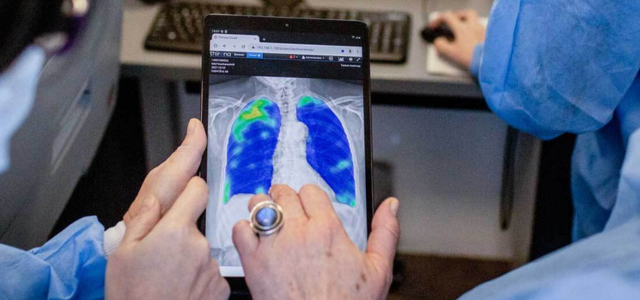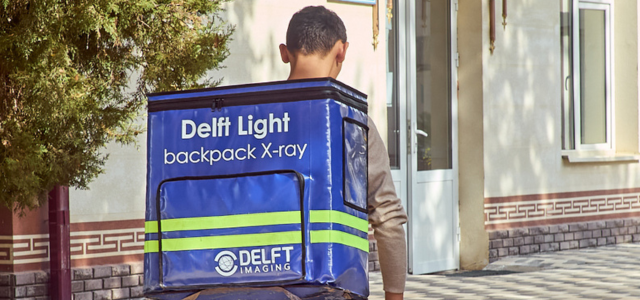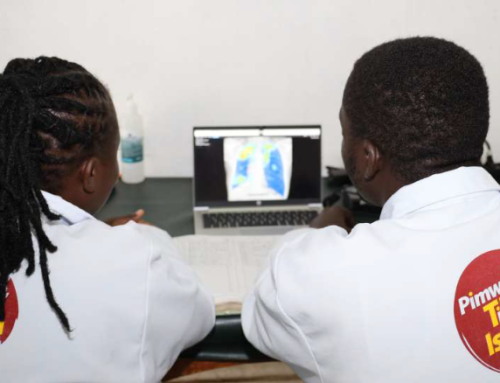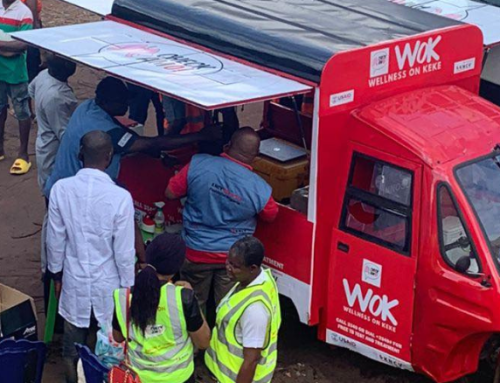Kenya’s use of Delft Light ultra-portable digital X-ray systems with CAD4TB has shown a higher TB prevalence in household contacts compared to the general population, emphasizing the value of this technology in targeted screening and early treatment initiation. Discover how this approach is shaping TB control efforts by efficiently identifying and treating cases.

Photo credit: Wycliffe Onyango // Source: The National Tuberculosis, Leprosy and Lung Disease Program’s newsletter // Location: Kenya.
Kenya received eight Delft Light ultra-portable digital X-ray systems with CAD4TB software through the introducing new tools project (iNTP). Positivity of TB was compared between household contacts and the general population using these tools. People with CAD4TB score of >60 were subjected to a laboratory investigation, and those confirmed with TB were initiated treatment.
1,519 household contacts were symptomatically screened for TB and offered an X-ray. 75% (1,152) were symptomatic, and 14% (161) had a score of >60. Of these, 90 (56%) were offered TB lab investigations, and 40 (44%) turned positive. 163 symptomatic contacts with CAD scores of <60 were offered a lab test, and 8% (13) tested positive.
For the non-contacts, 9,738 were symptomatically screened, and 62% (6,043) were symptomatic with a score of >60. 140 (38%) turned positive with a lab test, while 5% of those with a score of <60 were confirmed to have TB. The TB prevalence was higher among household contacts (2.6%) than the non-contacts (1.4%).
The availability of digital CXR with CAD helped identify who to send to the lab. There is a need to invest more in this technology to identify more TB cases among persons in contact with TB patients and early initiation to treatment to minimise further transmission.
REFERENCE: Pola, R. (2023, November 15-18). Digital chest X-ray with computer-aided diagnosis: a useful tool to diagnose TB among contacts, Kenya, 2022-2023 [Conference session]. The Union World Conference on Lung Health 2023, Paris, France.












